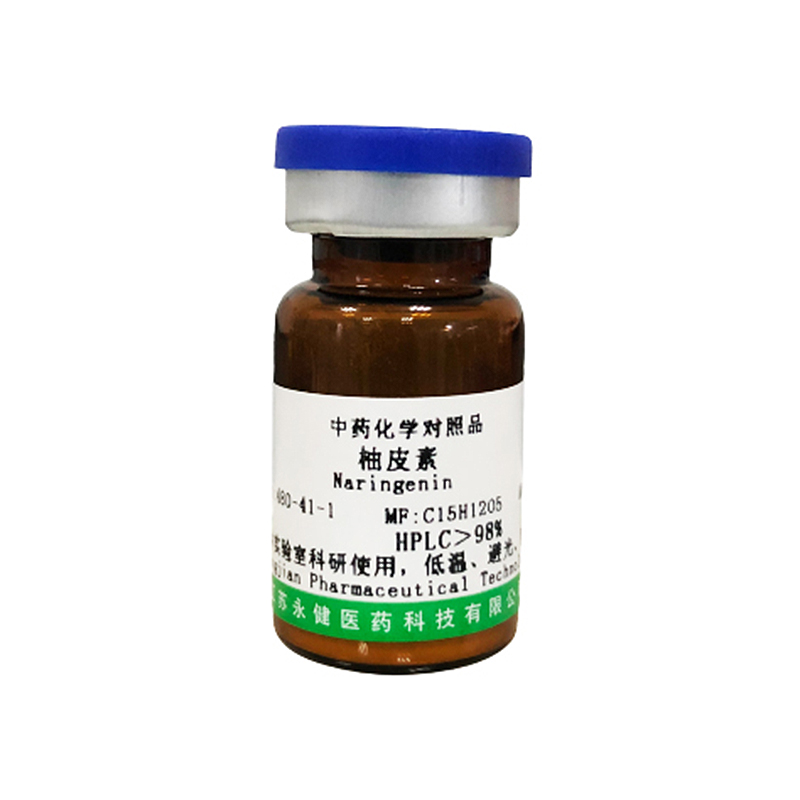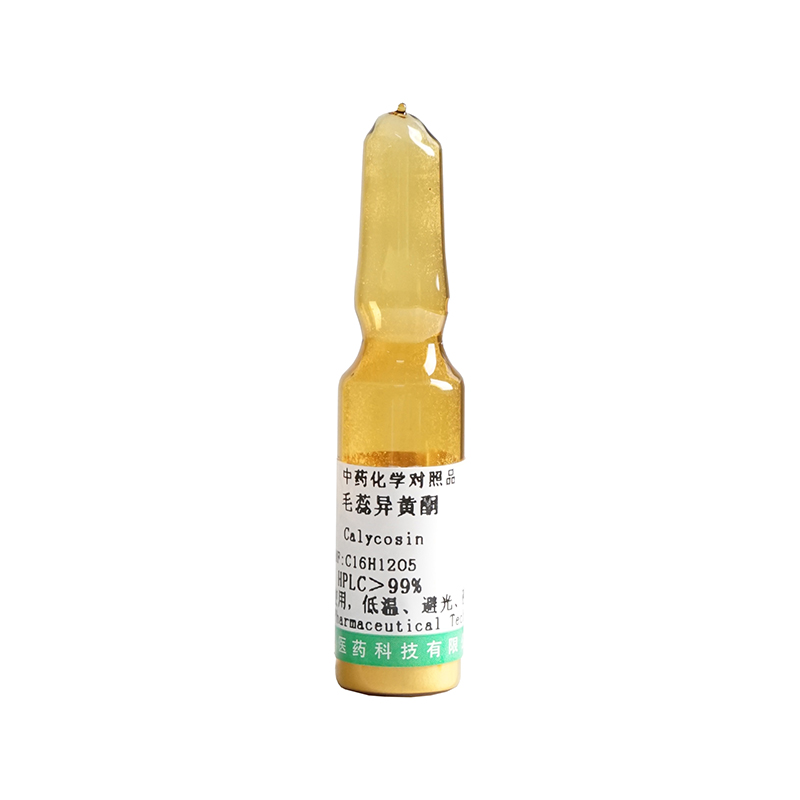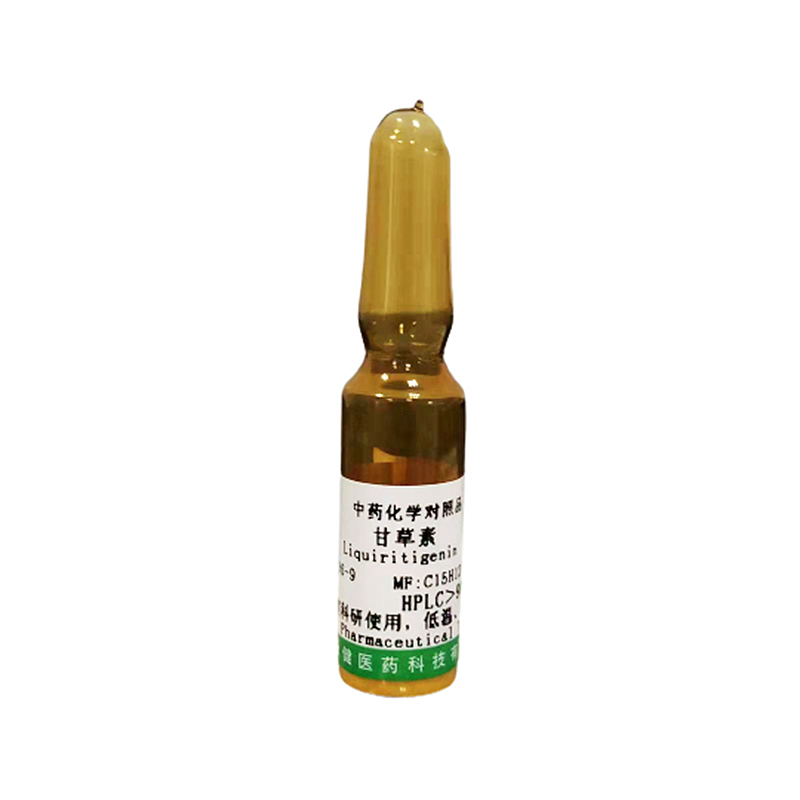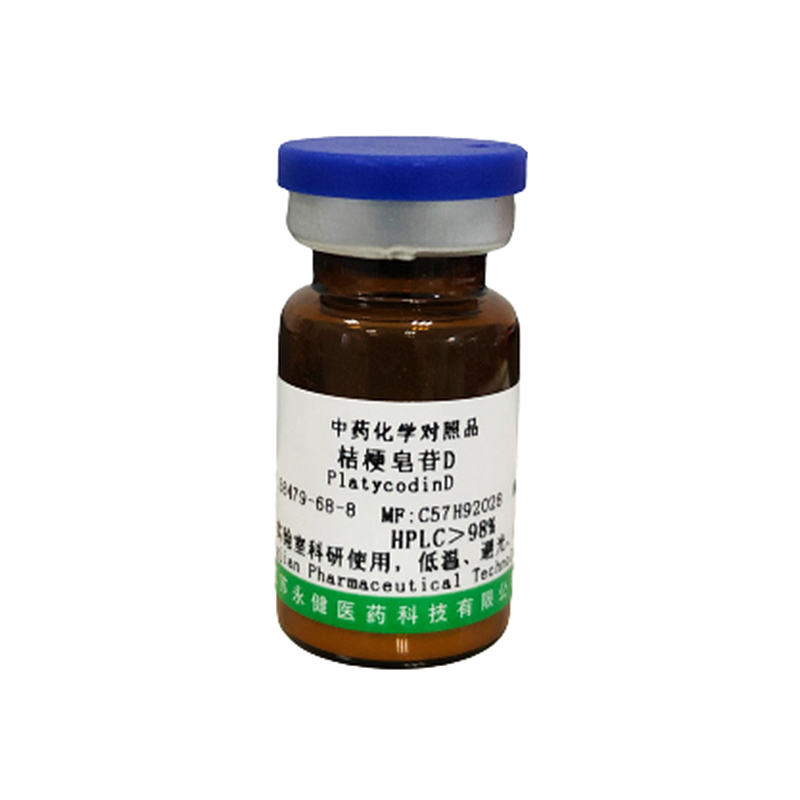China wholesale Cas No.29220-16-4 - Glycyrrhizin, Liquiritin; Liquiritoside; Likviritin; Liquiritoside Cas No.551-15-5 – Yongjian
China wholesale Cas No.29220-16-4 - Glycyrrhizin, Liquiritin; Liquiritoside; Likviritin; Liquiritoside Cas No.551-15-5 – Yongjian Detail:
Brief Introduction
Glycyrrhizin, also known as Liquiritin . Licorice is a plant of Glycyrrhiza in Leguminosae. Its roots and stems are common Chinese herbs.
Medicine is widely distributed in Northeast China, Xinjiang, Yunnan, Inner Mongolia, Anhui and other places. Shennong materia medica classic lists it as the top grade, saying that “this grass is the king of all medicines, and there are few who don’t use it”. Licorice has complex components, mainly including triterpenoids, flavonoids and coumarins. Flavonoids are a kind of bioactive components obtained from licorice extract. Its medicinal chemical components mainly include glycyrrhizin, isoglycyrrhizin, glycyrrhizin, isoglycyrrhizin, neoglycyrrhizin, etc. In recent years, there have been reports on the free radical scavenging, antioxidant, anti-cancer and anti mutagenic effects of licorice flavonoids at home and abroad.
Chemical Name: 4H-1-Benzopyran-4-one, 2- [4-(β-D-glucopyranosyloxy) phenyl]-2, 3-dihydro-7-hydroxy-, (S)
Physical Property: Monohydrate (dilute ethanol or water), melting point: 212 ~ 213 ° ℃.
Pharmacological Action
Toxicity: None
Adverse reaction: unknown
Ingredient source: legume Glycyrrhiza glabra L. root, Glycyrrhiza uralensis Fisch Root.
Extraction Of Glycyrrhizin
Pretreatment Of Licorice Raw Materials
The chemical composition of licorice raw material is very complex. In order to obtain better separation effect, reduce the pollution of impurities on the preparation chromatographic column, and improve the content of glycyrrhizin in the injection raw material, the extraction method was used to pretreat the raw material. Weigh 4G hay with an electronic balance and put it into the beaker. Accurately measure 100ml distilled water with a measuring cylinder and pour it into the beaker for dissolution. Ultrasonic for about 15 minutes, and constantly stir with a glass rod to accelerate dissolution. Then put the beaker into a 90 ℃ thermostatic bath and heat it for 2 hours, then heat it for filtration. After adding the filtrate into n-butanol solvent and standing for several minutes, most of the glycosides are dissolved in n-butanol solvent, then conduct secondary extraction, extract a small amount of glycosides remaining in water, and finally combine and concentrate the n-butanol solution obtained by secondary extraction for chromatography and purification。
Purification Of Glycyrrhizin By Chromatography
Take 10 ml of the above extracted product as spare raw material, start the pump, set the flow rate at 25 ml / min, and bring the raw material into 500 mm by mobile phase (methanol: water = 1:4) × In a 40 mm preparation column, collect the fraction of hay glucoside product according to the peak situation: the fraction of the first 1 h is collected together as the pre impurity fraction, and then change the flow. For example, wash the column with a mixture of 50% methanol and water, connect the product every 20 min, and then concentrate each bottle of product with rotary evaporation, and take 20 µ L for HPLC chromatographic analysis, Until no target is detected. The detection conditions of HPLC were as follows: mobile phase: methanol: water = 3.5:6.5; Stationary phase: silica gel carbon 18; Chromatographic column: 450 mm × 4.6 mm; Flow rate: 1 ml / min; Detection wavelength: 254nm. The content of glycyrrhizin in the second bottle is the highest among the products received every 20 min
Purification Of Glycyrrhizin By Rechromatography
Since the content of glycyrrhizin after primary chromatographic purification is not high, the same method is selected. Take 10 ml of the above purified product as the standby raw material, the flow rate is 25 ml / min, and bring the second bottle of product into 500 mm by mobile phase (methanol: water = 2:5) × In the 20 mm} chromatographic column, collect the distillate of hay glycoside product according to the peak situation: connect the product every 4 min, then concentrate each bottle of product with rotary evaporation, and use the same detection strip above for HPLC chromatographic analysis until there is no target. After analysis, it was found that the content of glycyrrhizin in the sixth bottle was the highest among the products received every 4 min, in which the retention time was 5.898 min as the target peak, and the content reached about 40% by area normalization method.
Post Treatment Of Products
The collected product is distilled under reduced pressure on a rotary evaporator at 70 ℃. After the solvent is basically evaporated, dissolve the solid product on the round bottom flask with a small amount of methanol, and crystallize in a test tube at room temperature until white granular crystals appear [2].
Product detail pictures:
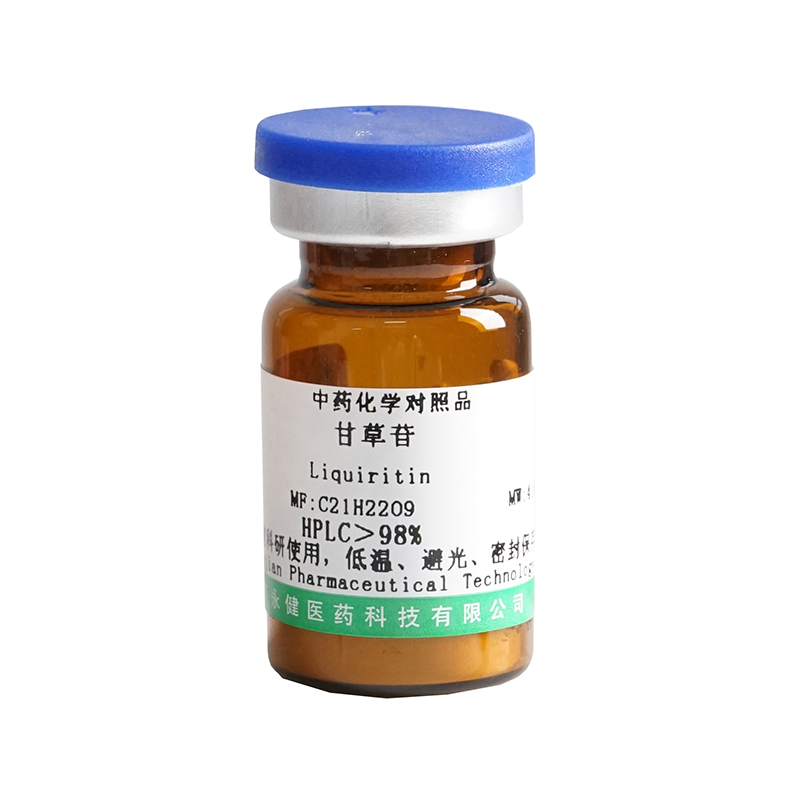

Related Product Guide:
Our advantages are reduced prices,dynamic product sales workforce,specialized QC,solid factories,superior quality services for China wholesale Cas No.29220-16-4 - Glycyrrhizin, Liquiritin; Liquiritoside; Likviritin; Liquiritoside Cas No.551-15-5 – Yongjian , The product will supply to all over the world, such as: Naples, Israel, Buenos Aires, Our business activities and processes are engineered to make sure our customers have access to widest range of products with the shortest supply time lines. This achievement is made possible by our highly skilled and experienced team. We look for people who want to grow with us around the globe and stand out from the crowd. We now have people who embrace tomorrow, have vision, love stretching their minds and going far beyond what they thought was achievable.
The manufacturer gave us a big discount under the premise of ensuring the quality of products, thank you very much, we will select this company again.


